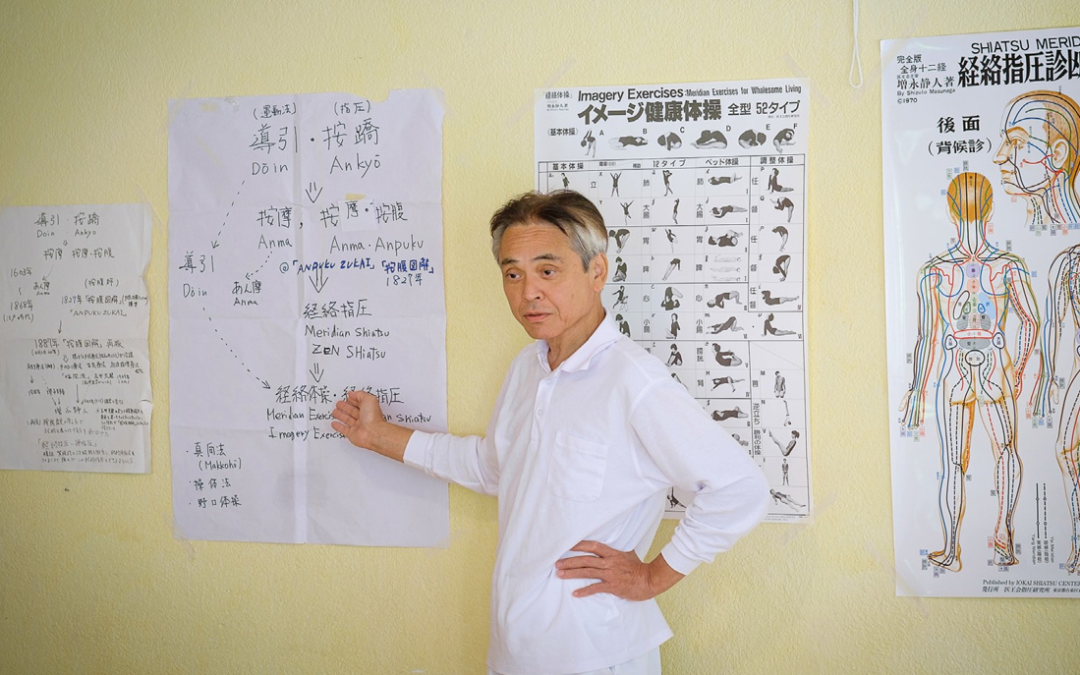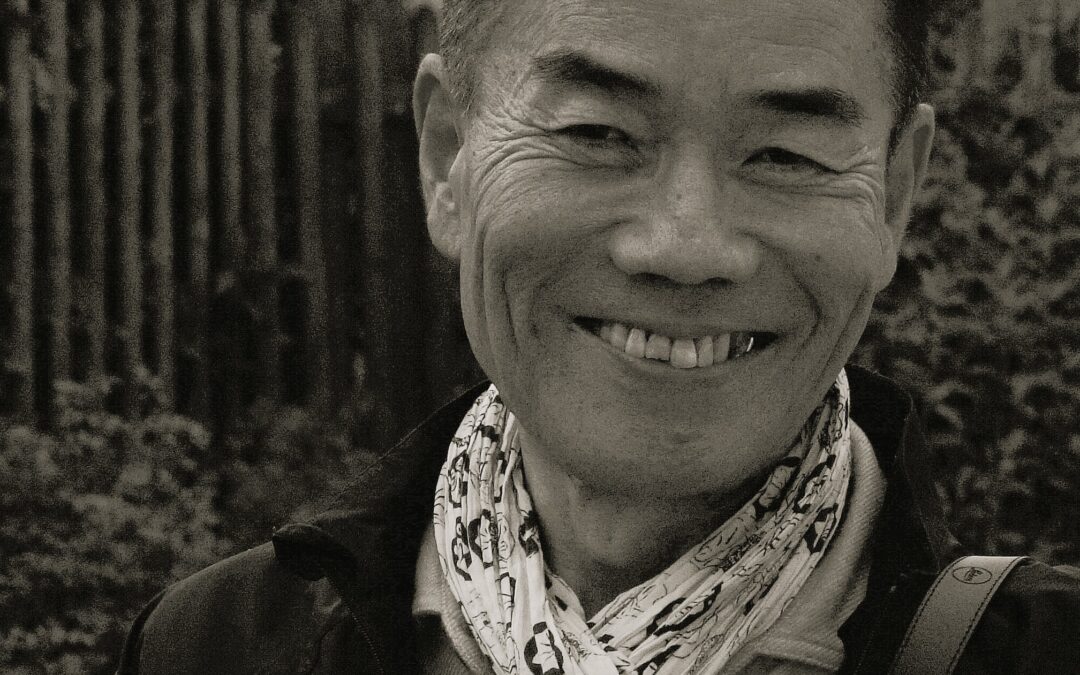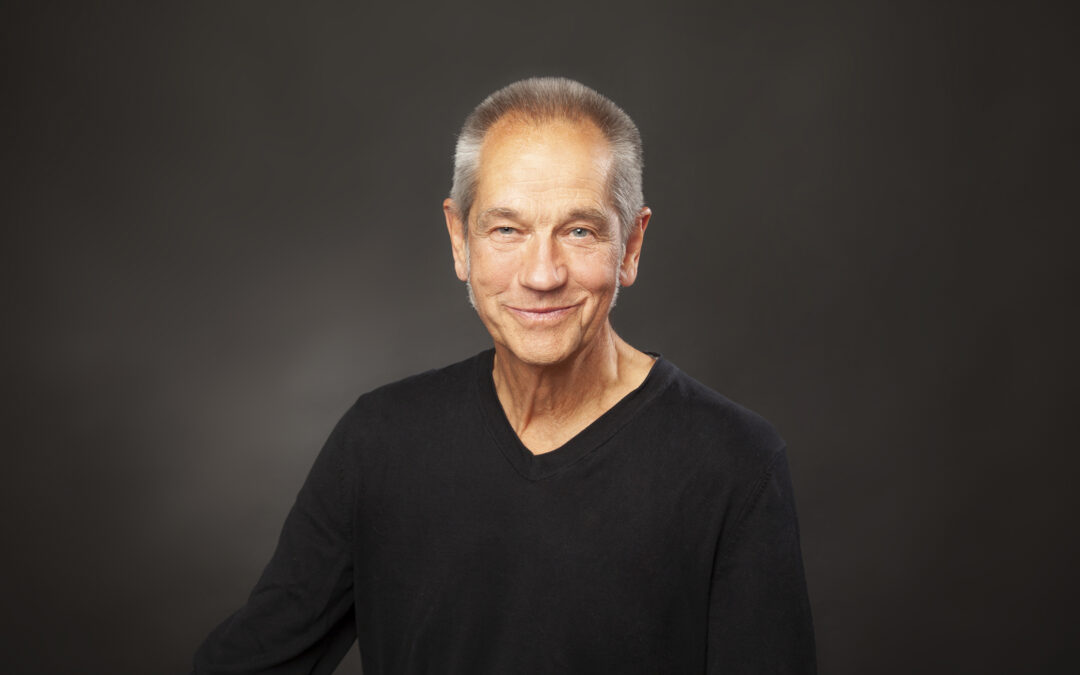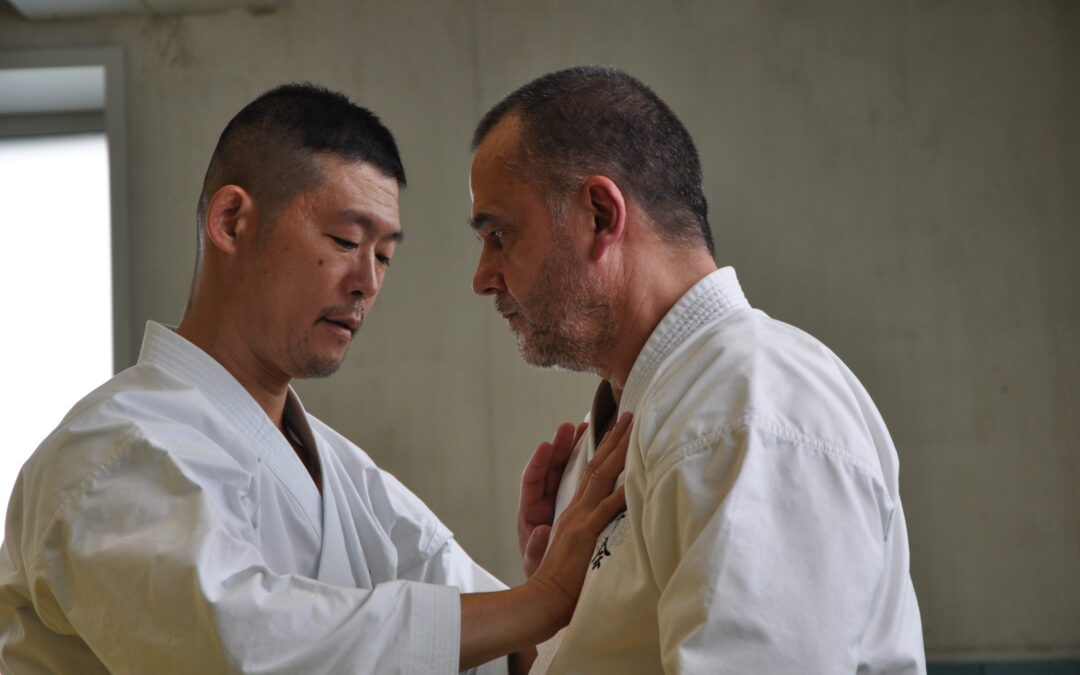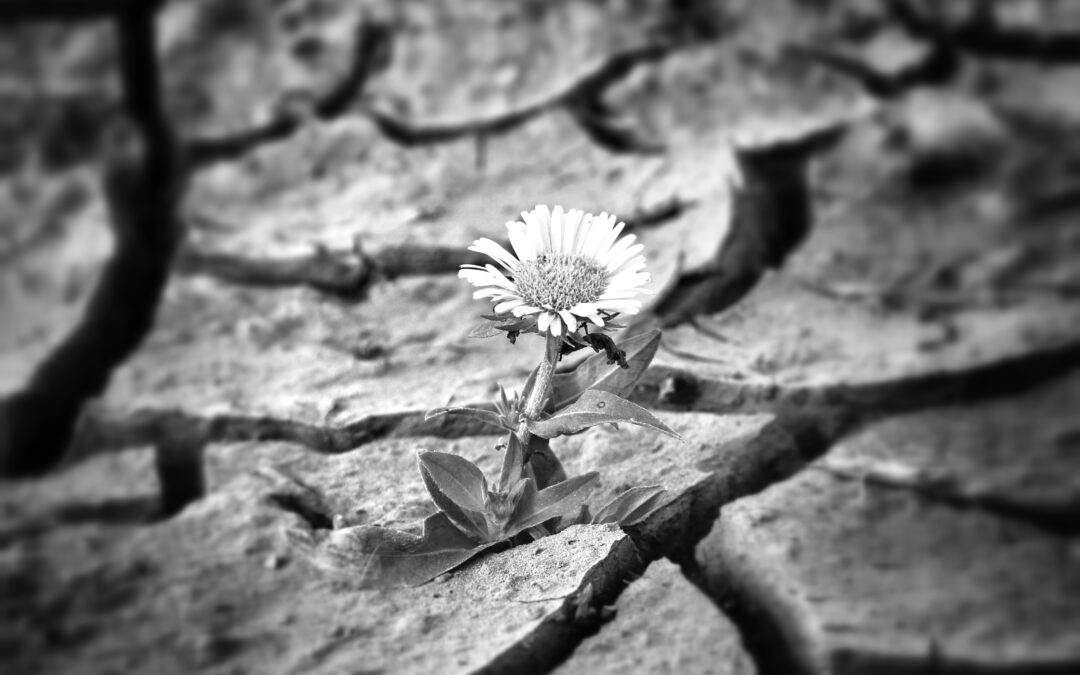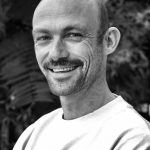
If you don’t travel to Austria to practice Shiatsu, then you probably don’t know Mike Mandl. However, he is an experienced practitioner, a passionate teacher, a man known for his Shiatsu even in the hospitals of Vienna. But above all he is a man full of fire who is the organizer of the last European Shiatsu Congress which took place in Vienna in September 2017. With him we look back on his journey, the challenge of organizing such an event and especially on the mission that is dear to his heart: to create a European Shiatsu that is recognized as a therapy in its own right.
Ivan Bel: Dear Mike hello. I am very happy to meet you. Before we start the technical questions, could you quickly introduce yourself?
Mike Mandl: Dear Ivan, thank you for the invitation. Regarding my background, well, I come from a family with a long medical tradition. So it would have seemed obvious that I would continue the tradition, especially because I was very much influenced by my grandfather who was a renowned surgeon. But I remember an episode in my childhood when I thought, “Poor Grandpa. All he can do is try to repair when everything is already going wrong. Wouldn’t it be better if people didn’t get sick at all? ». This thought was like a spark and something caught fire in me: the search for ways and means to maintain health and prevent illness. As a result, it can be said that my interest in alternative medicine started very early in my life. At the age when my school friends left to study at university, I was studying holistic health approaches such as meditation, movement, nutrition and massage. It was a bit “almost” logical that I ended up in Shiatus, because this approach combined all of this at the same time. I was very lucky to study with Tomas Nelissen[i], one of the few direct disciples of Masunaga. I chose Tomas because he was already working with Shiatsu in hospitals at the time, and that’s exactly what I wanted, in line with my family tradition, but approaching it from the other end, where the illness begins and can be prevented. Tomas and I had a close relationship in Shiatsu and I studied and worked with him intensively for 25 years, which finally brought me to the step of taking over his legacy and the International Academy of Hara Shiatsu in Vienna, of which I am now the director. Another important influence for me comes from my TCM studies with Claude Diolosa. TCM is very much oriented towards therapeutic practice, much more than Shiatsu, but it has always inspired me and helped me to find out how effective the energetic approach is, even in serious illnesses. I have therefore tried to combine more Shiatsu with TCM knowledge and to develop Shiatsu into a holistic and effective therapy, which in my opinion should have a major and recognized place in future health systems. This is why we held the European Shiatsu congress in Vienna with the theme “Shiatsu as therapy”, in order to evaluate the possibilities and opportunities to present Shiatsu as therapy.
How was Tomas Nelissan’s teaching? Difficult, easy, Japanese or Western style?
When I started with Tomas, it was very “Japanese style”. Tomas had lived for quite a long time in Japan, working closely with Masunaga, so I think he took his way of teaching from him, which was more or less “teaching by doing”. Tomas would walk into the classroom, pick one person to work with and off he would go. We were just standing there looking at him trying to understand what he was doing and why he was doing it. I liked this way of teaching because you really had to want to do it to practice, to look within yourself, to ask questions to yourself, to look at how Shiatsu really works, to create your own answers and your own experience. And because we were already working in hospitals as part of our training, we had to prove our abilities in a very demanding environment, and that’s where you could see if what you were doing was really working. This personal responsibility in the learning process created a state of mind in which you worked on a subject until you understood it at all levels. It was about being totally involved.
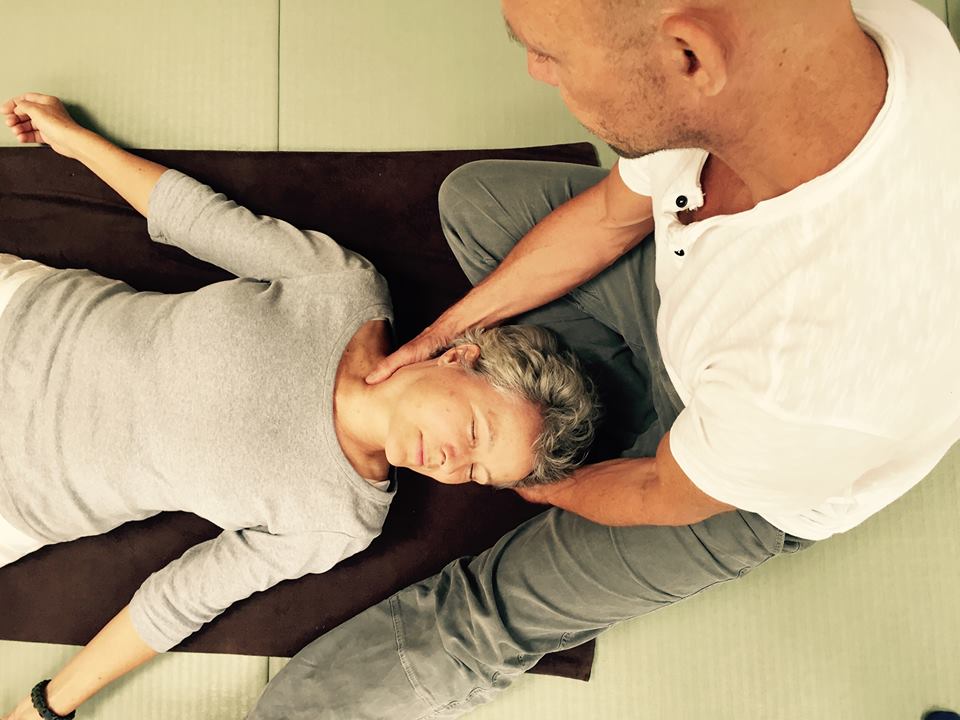
On the other hand, my TCM studies were more or less the opposite of this process. Learn first, apply later. It was like studying at university. Tons of theoretical information. But over the years, the two approaches merged more and more, and now I’m really glad I followed both paths.
Afterwards, did you follow masters who inspired you? What did they teach you about Shiatsu?
Yes, this is the usual stuff.After finishing my basic studies, my hunger was immense and I wanted to know more about the world of Shiatsu, so I tried to see as many Shiatsu masters as possible. But soon I realized that this was not the best way to improve my Shiatsu. In fact, I realized that I was a rather stubborn traditionalist. For the development of my own Shiatsu, it was much more effective to engage with a teacher, in a style and philosophy… It’s the same as with energy exercises. I think that if you do Shiatsu, you should stick to one form of exercise every day, and it doesn’t matter if it’s Yoga, Taichi, Qigong or whatever. But in order to reach the depth of the practice, you have to be fully committed to it. It’s better to be a really good practitioner of Qigong – which I’ve been practicing for 30 years now – than to know a little bit of this and a little bit of that. I’ve always wanted to be a specialist. I wanted to do things really well rather than just about right, I still try to go as deep as possible. And I think that if you want to do the same, you have to decide a direction for yourself, a style, a master, and stick to it. It’s a little bit like… if you have lots of girlfriends and you’re having a great time, exciting even, because you have something new every day. But you really want to grow and deepen a relationship, you have to marry a woman and go through heaven and hell with her until you really find the meaning of love. So I married Shiatsu 25 years ago, and now I still do Shiatsu. And not Shiatsu and osteopathy, or craniosacral or massage. Just Shiatsu. And TCM allows you to deepen this technique. The essence of what I’ve learned is: if you can’t prove what you’re doing with concrete results, well that’s nice, but you’ve missed the treasure that’s hidden in Shiatsu. And feeling centered and relaxed at the end of a treatment is not enough.
You have recently taken over the management of the Hara Shiatsu School in Vienna. Can you tell us about this school? What is your ambition in teaching?
The Hara Shiatsu school was founded by Tomas Nelissen and I have been involved in it for more than 20 years. We have two main goals. On the one hand, you have to work hard on yourself, on your personality. If you work with the Qi, you have to be able to awaken, manage and direct this Qi within yourself above all. It is a process that is at the same time physical, emotional and spiritual. On the other hand, we want to train professional Shiatsu practitioners. For this we have chosen a structure that is still valid today: you start with a group and you finish with that group. We see our students every week, we try to stay in close contact, we are really behind them. We ask a lot from them, but we also give a lot. We do a lot of physical exercises, we have our own kitchen, we cook together, vegetarian, no sugar, complete food… Hahaha, sometimes it looks like a training camp, like a retreat, but it lasts three years. Part of our training consists of clinical practice and we work with our students in hospitals. They have to see at least three different hospitals during their studies and we specialize in rehabilitation, psychosomatic disorders in children, gynecology and burn-out. With this clinical experience, students are fully prepared to enter the job market.
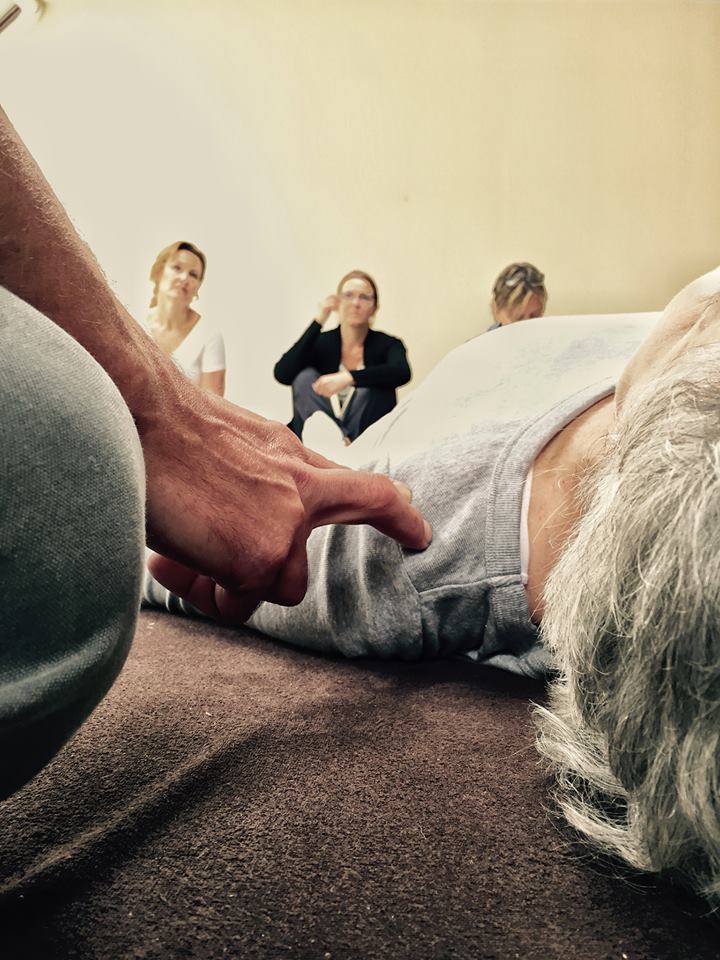
Your approach is not focused solely on wellness. What kind of work do you do in hospitals?
For me there is a kind of misunderstanding if we are talking about well-being. Of course, the greatest goal is well-being at all levels, which is considered to be health, as already defined by the World Health Organization in 1946, i.e. health is a state of complete physical, mental and social well-being and not merely the absence of disease or infirmity. But to achieve this level of health, we must also be able to solve our problems. There is no such thing as well-being when there are problems. So, if we talk about well-being in Shiatsu, we must do everything possible to achieve it. And if we can do a lot already with our hands, that’s fine. That’s what we do in hospitals. Only Shiatsu.
This year you organized (with a great team) the European Shiatsu Congress in Vienna. Can you first tell me how this idea came to you?
In fact I was already involved in the 3rd and 4th congress in Kiental, Switzerland. At the 4th congress I had a long conversation with Wilfried Rappenecker about the organization of the next congress. Kiental had hosted the event four times and they were a bit tired of doing it. And then somehow the congress didn’t attract many people anymore. My vision was to move it to a big city where there is a very active Shiatsu, because if Kiental is very nice it is also lost in the middle of the Swiss mountains. The congress looked like a retreat. I saw the potential of an event like this. If you did it big, in a big city, you could make noise around Shiatsu and bring more people into contact with Shiatsu. For me it’s time Shiatsu was pushed forward, we need to stand up and show what we do, what we can accomplish, and what we want to do. With the size of the congress, we were able to reach the media and many people who did not know about Shiatsu. So it worked well.
During the preparation of the event, what was the most difficult thing to put in place?
Uh, the hardest part was managing the number of people. At the beginning we had planned all this for a maximum of 300 people. At the end we had 520 participants, plus 130 volunteers, interpreters, speakers and staff for the organization. In total 26 nations were represented. Therefore, three months before the congress we had to find more rooms, bigger rooms, more volunteers, etc. It was a difficult moment that gave us a hard time. Just imagine what this means in terms of logistics: 520 participants, 102 courses, which means 10,000 individual courses, which means 10,000 course confirmations to know who was going where. On the other hand, we didn’t know how people would react to being in large groups. It was a deliberate choice, because we wanted to show that there are many of us, a mass, and therefore not alone doing our Shiatsu in our corner, that we are together. We really wanted to give the feeling of being united with many, many other Shiatsu practitioners. Some classes had more than 120 people at a time. It was also a challenge for the lecturers and the teachers who were facilitating. But it worked! The Shiatsu people are really great!
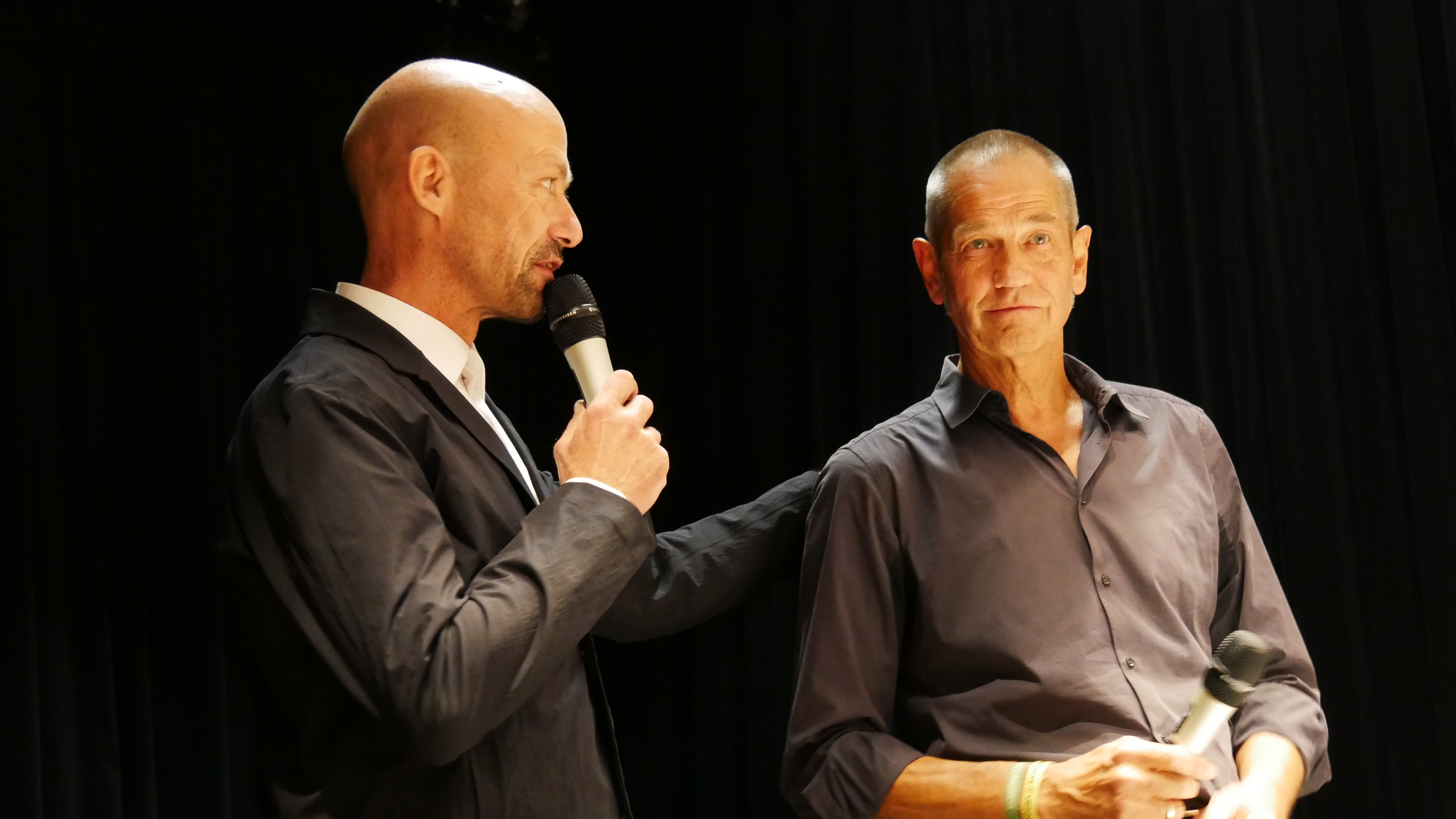
For the first time, we can say that it is a great success. Tell us a little bit about it.
We had the right time to do this event and we gave our all for it. We knew that in order to handle such a large crowd, the organization had to be as good as possible. We might as well go 110%. That’s what we did, but the people were also all in Shiatsu, so we added the spirit of Shiatsu into it.
Now that the event is over, what experience have you gained from this congress?
Very positive! I think Shiatsu needs more events like this. We need to build a network, reach a critical mass of people who are committed to move forward. Shiatsu deserves a better role in society and in the health system. We can do so much! I think it’s our job to get moving for that. What we are currently seeing in Vienna is that the media coverage is continuing and there are many people contacting us to find out more and the next courses are already full. The unifying aspect of the congress has also had a big impact on the Shiatsu scene. The Austrian federation, the practitioners, everyone is motivated, inspired and wants to work together. It’s just great.
The theme of the congress was “Shiatsu as therapy”. I have two questions in one about it. Do you think that European Shiatsu is mature enough to be considered today as a therapy in its own right? And, in your opinion, how do European practitioners react to this call for “therapy”?
Good question… Well first of all, all around the globe the so-called diseases of civilization literally explode. That’s a fact. And it’s also a fact that the costs to our health care systems are exploding as well. So we need a new approach to our health problems. In my opinion, Shiatsu has the potential to play a leading role in the health system and in society. Why is this? What do future therapies need to bring to meet the challenges of our modern lives, a life constantly on the fast track, a digital life, a life of increasing insecurity and pressure? This therapy of the future must stop the separation between body, mind and spirit. It must focus on the client’s individual history and environment, must be able to offer prevention and care. Future therapists will need to see and think holistically, and act in a specific and precise way. Shiatsu meets all these criteria. This is why Shiatsu can become one of the most interesting therapies of the future, I am firmly convinced. And I think that in most European countries Shiatsu is mature enough for this. In Switzerland there is the profession of “complementary therapist” and Shiatsu is part of it. You can be a complementary therapist and be part of the public health system. The basic curriculum in Shiatsu in this country is not so different from other European countries, you just need more hours of training about general care and medical knowledge, but I think it would be good to integrate it in most countries, even if not all the people who do Shiatsu will be happy to do it. But wouldn’t it be great to have this possibility? You could become a Shiatsu therapist if you wanted to. Or you could do relaxation Shiatsu if you don’t want to. Why not? I’m a big supporter of Shiatsu as a therapy, but during the congress we wanted to see how people would react and… let’s say it’s 50/50.
Will this congress stay in the German-speaking countries or will it travel to the different European capitals? When will the next date take place?
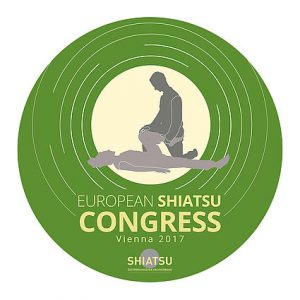
The European Shiatsu Congress is a European event. So it has to change location. This was already my vision at the beginning. It would be nice if it could take place in a non-German speaking country for once. We did a small survey and the participants like the idea that it should be in a big city. So, we will stick to this idea. Currently we have 2020 in mind, but if partners are interested, it could be as early as 2019. It would be really nice if we could establish a European congress every two years, and in the meantime everyone would go to national conferences and congresses. It is important to remember that the congress is not political, it is important, in order to have a non-politicized platform. So our idea is to keep this platform alive, during and after the congresses. We will see. We have ideas, but we are open to all good surprises.
Thank you very much for this precious testimony. Looking forward to seeing you again.
It was a pleasure, really.
To contact Mike Mandl: https://www.hara-shiatsu.com/
Notes:
[i] Tomas Nelissen (Holland): he is one of the pioneers of Shiatsu in Europe. He studied Shiatsu directly in Japan with Masunaga and worked with him. After his return to Europe, Tomas founded the Iokai Shiatsu Academy in the Netherlands and later the International Academy for Hara Shiatsu in Vienna. Tomas was one of the first people to introduce Shiatsu in hospitals, which was a great success and brought him international recognition.
- Book review: “Another self” by Cindy Engel - 30 September 2024
- 24-26 October 2025: Master Class in Vienna (Austria) – Shiatsu and martial arts - 20 August 2024
- Lembrun Summer Intensive Course – July 6 to 12, 2025: Digestive System Disorders, Advanced Organ Anatomy, and Nutrition - 4 August 2024
- Anpuku Workshop with Ivan Bel in London – 7 & 8th, June 2025 - 22 June 2024
- Interview with Wilfried Rappenecker: a european vision for Shiatsu - 15 November 2023
- Interview : Manabu Watanabe, founder of Shyuyou Shiatsu - 30 October 2023



